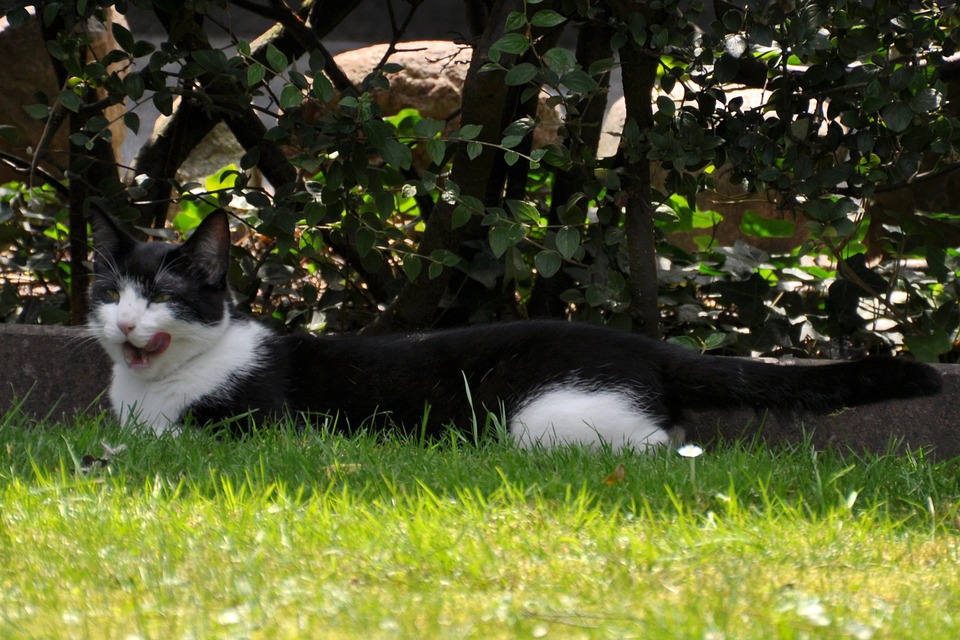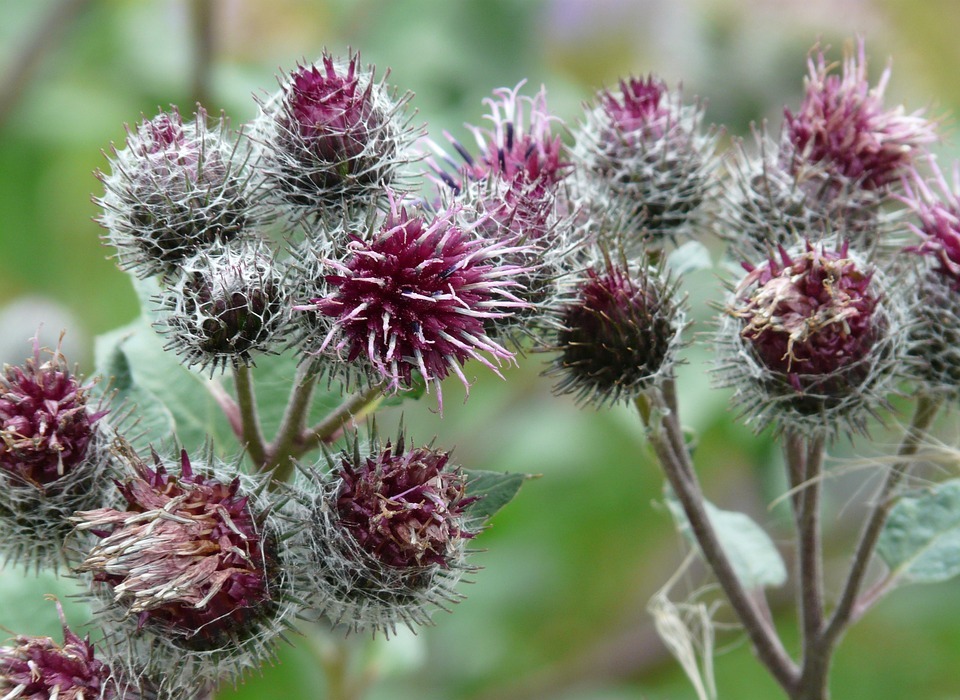Cherries, with their vibrant colour and sweet flavour, are a popular treat for humans. But what about our feline companions? Can they enjoy this summer fruit too? The answer is a resounding no. This article explores the dangers of cherries for cats, delving into the science behind the toxicity, the different parts of the cherry that pose a threat, and the signs of poisoning. We'll also equip you with essential information on what to do if you suspect your cat has ingested cherries and provide safe alternatives for feline treats.
Part 1: The Hidden Danger: Cyanide in Cherries

Cherries, seemingly innocuous and delicious, harbour a hidden danger: cyanide. This potent toxin is present in all parts of the cherry, including the fruit, pits, leaves, and stems, but it is concentrated in the pits.
1.1. Cyanide: A Silent Killer
Cyanide is a chemical compound that disrupts the body's ability to utilise oxygen. This disruption can lead to a cascade of serious health issues, potentially culminating in death.
1.2. The Threat of Cherry Pits
The pits of cherries, often discarded as insignificant, are particularly rich in cyanide. Even a single pit can contain enough cyanide to cause significant harm to a cat.
1.3. Beyond the Pits: Cyanide in Other Parts
While the pits are the most concentrated source, cyanide is also present in the leaves, stems, and even the fruit itself, albeit in lower concentrations.
Part 2: The Digestive Dilemma: Why Cherries Are Difficult to Digest

Beyond the threat of cyanide, cherries present a digestive challenge for cats. Their anatomy and digestive systems are designed to process meat-based diets, not the fibrous fruit of cherries.
2.1. Digestive Upset: A Common Reaction
Ingesting cherries can lead to digestive upset in cats, manifesting as vomiting, diarrhoea, and constipation.
2.2. The Risk of Obstruction: Pits and Stems
The hard pits and fibrous stems of cherries are particularly problematic. They can become lodged in the digestive tract, leading to obstruction and severe pain.
Part 3: Unveiling the Symptoms: Recognizing Cherry Poisoning in Cats
Identifying the signs of cherry poisoning is crucial for seeking timely veterinary intervention. If you suspect your cat has ingested cherries, watch out for the following symptoms:
3.1. Immediate Signs: Drooling, Vomiting, Diarrhoea
Excessive drooling, vomiting, and diarrhoea are often the first indications that a cat has eaten cherries. These symptoms may appear soon after ingestion.
3.2. Severe Signs: Respiratory Distress, Weakness
As the poisoning progresses, more severe signs may develop, including difficulty breathing, weakness, and collapse. These symptoms indicate a serious emergency requiring immediate veterinary attention.
3.3. Late Stage Symptoms: Seizures, Coma
In the most severe cases, cherry poisoning can lead to seizures and coma. These symptoms are a sign of profound cyanide toxicity and require urgent medical intervention.
Part 4: Act Fast: Responding to Cherry Ingestion
If you see your cat eating cherries, or suspect they have, immediate action is vital.
4.1. The Importance of Immediate Veterinary Care
The first step is to contact your veterinarian immediately. They can assess the situation, determine the severity of the potential poisoning, and provide tailored advice.
4.2. Inducing Vomiting: A Possible Intervention
Your vet may recommend inducing vomiting, especially if the ingestion was recent. However, this should only be done under their guidance, as it can be dangerous if performed incorrectly.
4.3. Keep Your Cat Calm: Minimize Stress
While awaiting veterinary care, keep your cat calm and comfortable. Avoid unnecessary stress and movement, as this can worsen the effects of the poisoning.
Part 5: Prevention is Key: Safeguarding Your Cat from Cherries
Preventing your cat from ingesting cherries is the best way to ensure their safety.
5.1. Secure Storage: Keep Cherries Out of Reach
Store cherries in sealed containers or in locations your cat cannot access. This includes keeping cherries out of reach on countertops and tables.
5.2. Clean Up Spills: Dispose of Cherries Promptly
Dispose of fallen or dropped cherries immediately. Cats are often curious and may be tempted to investigate fallen fruit.
5.3. Educate Children: Teach Safe Practices
If you have children, educate them about the dangers of feeding cherries to cats. Children may inadvertently offer cherries to your cat without realizing the potential harm.
Part 6: Exploring Alternatives: Safe Treats for Cats
While cherries are off the menu for cats, there are plenty of safe and delicious alternatives.
6.1. Commercial Cat Treats: A Variety of Options
Commercial cat treats offer a wide range of flavours and textures, specially formulated to meet the nutritional needs of cats.
6.2. Homemade Cat Treats: DIY Delights
You can also make your own cat treats using safe ingredients like meat, fish, and vegetables. Consult a veterinarian or pet nutritionist for recipes tailored to your cat's needs.
6.3. Catnip: A Classic Favourite
Catnip is a safe and enjoyable treat for many cats. It can provide amusement and relaxation, offering a healthy alternative to cherries.
Part 7: FAQs: Addressing Common Concerns
7.1. Can cats eat cherry stems?
No, cherry stems are not safe for cats and should be avoided. They contain cyanide and can cause digestive issues.
7.2. Can cats eat cherry leaves?
Cherry leaves are also toxic to cats and should not be eaten. They contain cyanide and other substances that can cause health problems.
7.3. Can cats eat dried cherries?
Dried cherries are just as dangerous for cats as fresh cherries. They still contain the toxic pits and cyanide.
7.4. What if my cat only ate a small amount of cherry?
Even a small amount of cherry can be dangerous for cats. It's best to contact your veterinarian immediately for guidance.
7.5. What if my cat ate a cherry pit?
If your cat has ingested a cherry pit, it's crucial to seek immediate veterinary care. The pit contains high levels of cyanide, and prompt treatment is essential.
7.6. How can I tell if my cat is allergic to cherries?
Symptoms of a cherry allergy in cats can include skin irritation, sneezing, coughing, and difficulty breathing. If you suspect your cat has an allergy, consult your veterinarian.
7.7. Are there any safe fruits for cats to eat?
While cherries are off-limits, some fruits are generally safe for cats in moderation, including:
- Blueberries
- Strawberries
- Watermelon (without seeds)
- Bananas (in small quantities)
7.8. Can I give my cat cherry juice?
Cherry juice is not recommended for cats. It contains sugar and other ingredients that can be harmful to their digestive system.
7.9. Can cats eat cherry pie?
Cherry pie, with its pastry crust and added sugars, is not safe for cats. The cherries themselves are toxic, and the pastry can cause digestive upset.
Part 8: A Final Note: Protecting Your Feline Friend
Cherries, while tempting for humans, are a serious threat to cats. By understanding the risks and implementing preventative measures, you can keep your feline companion safe and ensure they enjoy a long and healthy life.
Everyone is watching
-

Are Cat Ribs Flexible? Understanding Their Anatomy
CATS & KITTENSThis article delves into the fascinating world of feline anatomy, exploring the flexibility of cat ribs and ho...
-

Can Cats Eat Bananas? (Everything You Need to Know)
CATS & KITTENSThis article dives into the intriguing question of whether cats can safely enjoy the sweet, yellow fruit, bana...
-

Cat Lifespan: How Long Do Cats Live?
CATS & KITTENSThis comprehensive guide explores the factors influencing the lifespan of our feline companions, providing ins...
-

Can Cats Get COVID-19? What You Need to Know
CATS & KITTENSThis article will delve into the fascinating world of feline COVID-19 susceptibility. We'll explore whether ca...
-

Can Cats Eat Eggs? A Complete Guide to Egg Safety for Your Feline Friend
CATS & KITTENSWhen it comes to treating our furry companions, we all want to ensure we're doing what's best for them. Eggs...
